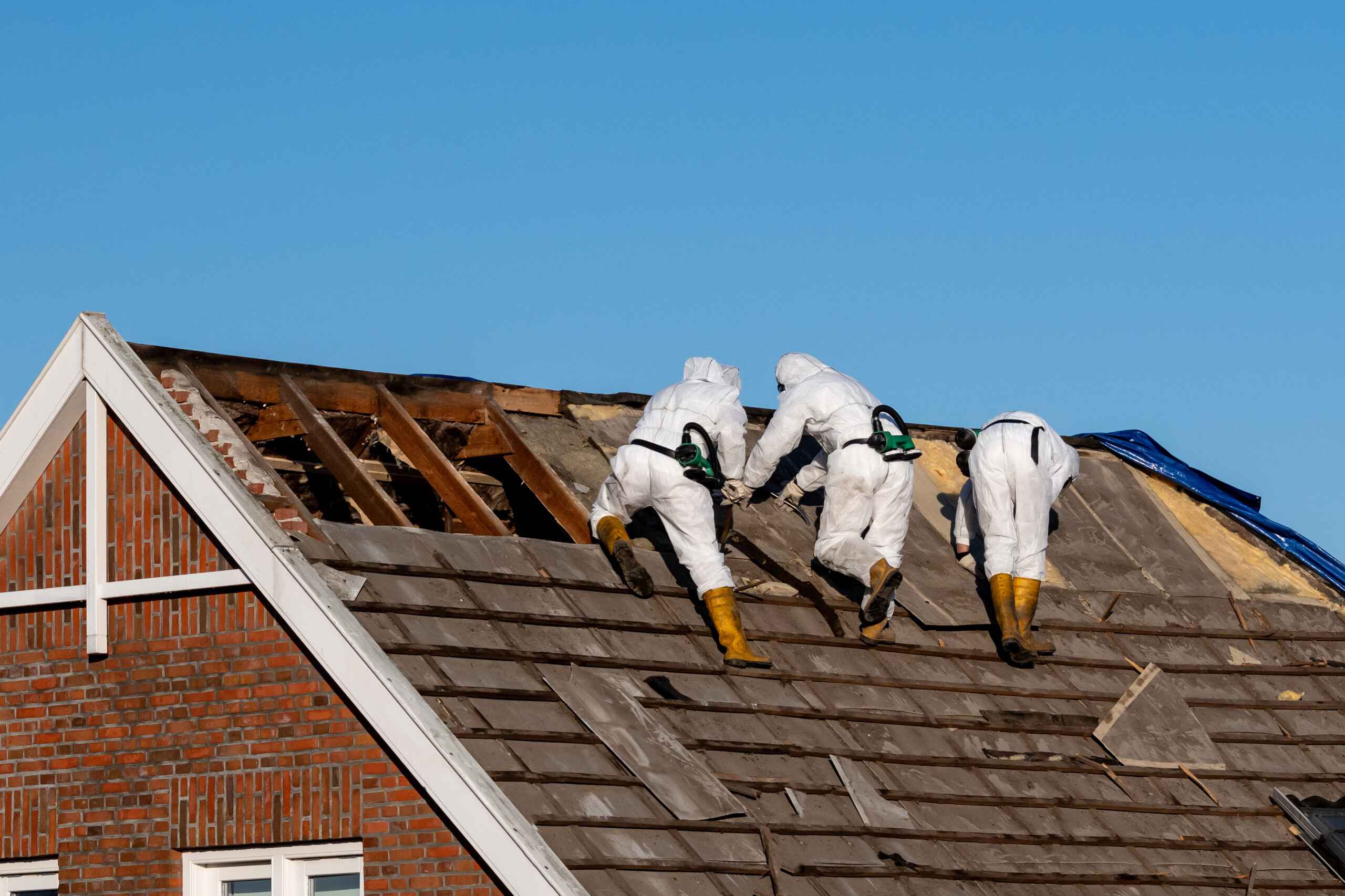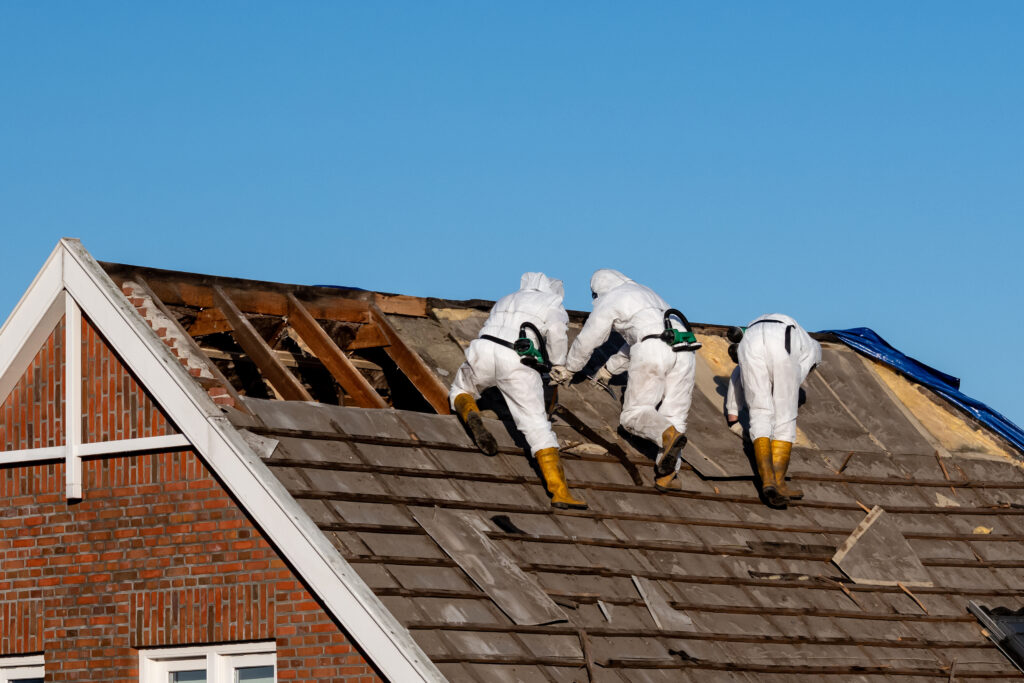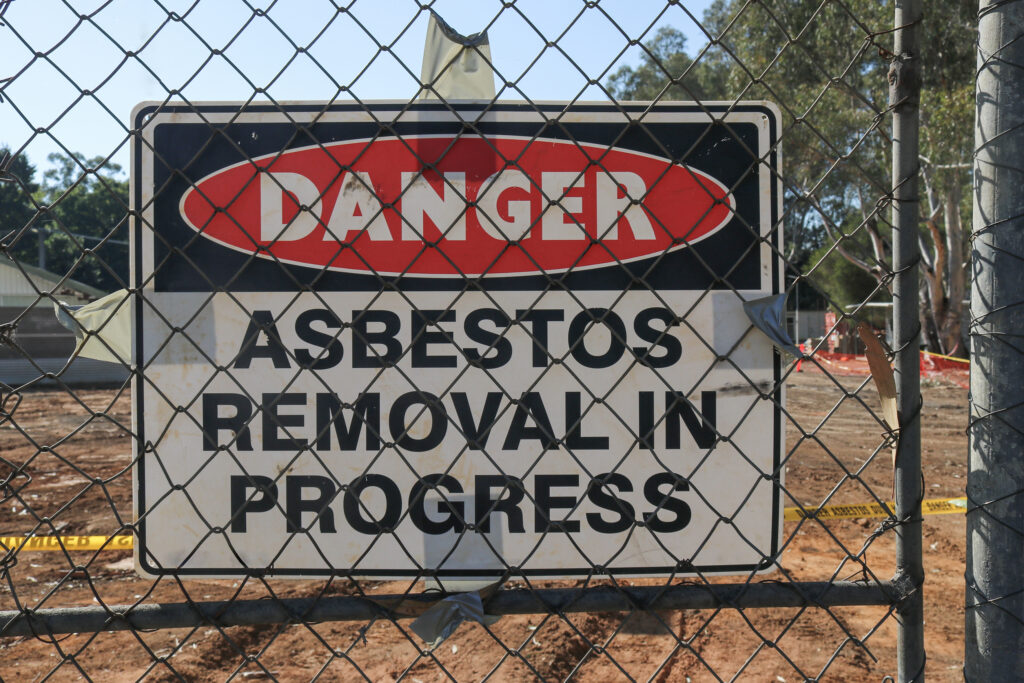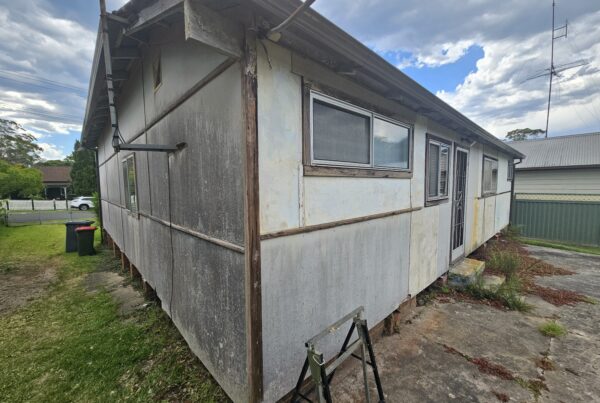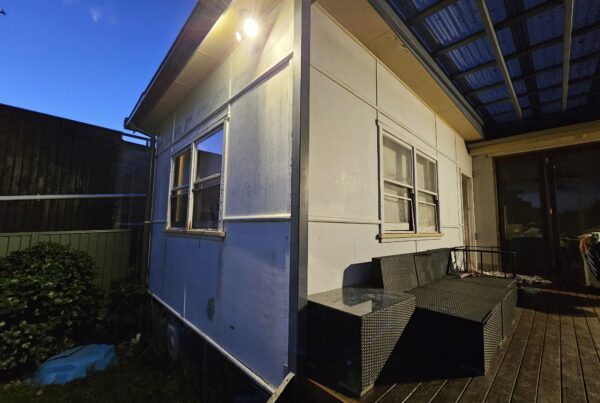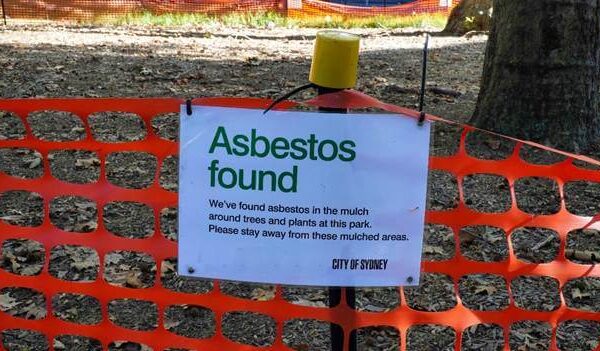As a property owner, ensuring the safety and well-being of your occupants is a top priority. When it comes to asbestos, a hazardous material that may be present in older buildings and homes, it’s crucial to take proactive steps for its safe removal.
Because of potentially serious health risks, asbestos has been banned in many countries, including Australia. Although it has been extensively used in the country since the 1880s, newer structures have avoided using them since 2003, following the prohibition.
If your building has been around much earlier, it’s time to safeguard yourself and those around you proactively. This comprehensive guide outlines the essential steps to prepare for asbestos removal. Following these guidelines can ensure a successful asbestos removal process, protecting your property and its occupants.
- Recognising the importance of asbestos removal preparation
Proper preparation is the cornerstone for a safe and successful asbestos removal project. As a property owner, understanding the significance of thorough asbestos removal preparation is vital in protecting occupants and people nearby. It reduces health risks associated with asbestos exposure, ensures compliance with regulations, and protects the value of your property. - Preparing for asbestos removal
Preparing for asbestos removal requires careful planning and coordination. Following these step-by-step guidelines, you can effectively prepare for the asbestos removal process, ensuring a safe and efficient experience for all involved.- Select a reputable asbestos removal contractor: Once asbestos-containing materials are identified, work with licensed asbestos assessors and removers to start your remediation project. These professionals possess the knowledge, equipment, and certification required for safe removal. Their expertise will help identify potentially harmful materials and sections within your property, assess the extent of the problem, and guide the next steps.
- Notify occupants and stakeholders: Open communication with your occupants and stakeholders is crucial and paves the way for effective asbestos removal preparation. Inform them about the upcoming asbestos remediation project, explaining the reasons for removal, potential risks involved, and the preventive measures that will be implemented to ensure their safety.
- Work closely with your contractor: Collaborate with your chosen contractor to create a detailed removal control plan. This plan should outline the asbestos removal preparation steps, timelines, and safety measures throughout the process.
- Inform relevant authorities: Asbestos removal projects often require notification to local authorities and regulatory bodies. Ensure that you comply with the necessary legal requirements and obtain the required permits before commencing the removal process. Ask your contractor if they can do it on your behalf.
- Arrange for temporary relocation, if required: Depending on the scope of the removal project and potential risks to occupants, consider arranging temporary relocation for them. This ensures the safety of high-risk individuals, such as children, pregnant women, or individuals with pre-existing respiratory conditions.
Specific situations may call for additional steps to take before asbestos removal. Discussing with professionals is strongly recommended to ensure a seamless process and achieve the best results.
- Select a reputable asbestos removal contractor: Once asbestos-containing materials are identified, work with licensed asbestos assessors and removers to start your remediation project. These professionals possess the knowledge, equipment, and certification required for safe removal. Their expertise will help identify potentially harmful materials and sections within your property, assess the extent of the problem, and guide the next steps.
- Precautions before asbestos removal
Before the asbestos removal process begins, there are several precautions property owners should take to protect their belongings and facilitate a seamless restoration process post-removal.- Keep important documents safe: Safeguard important documents related to your property, such as building plans, maintenance records, and insurance information. This precaution helps preserve valuable records and ensures a hassle-free restoration process.
- Protect valuables and sensitive items: Take measures to protect valuable belongings and sensitive items within the property. Transfer or cover items at risk of damage or contamination during removal.
- Secure the work area: To prevent the spread of asbestos fibres, seal off the work area from the rest of the property using plastic sheets or barriers. This containment measure ensures these harmful particles stay within the designated removal zone.
These measures not only mitigate potential losses but also contribute to a smoother and more efficient restoration process once the asbestos removal is complete.
- Asbestos removal process: Best practices
Property owners play a vital role in ensuring adherence to safety regulations and maintaining effective communication with the removal contractor. Here are some essential best practices to follow during the asbestos removal process:
- Compliance with safety regulations : Ensure your chosen asbestos removal contractor follows all safety regulations and guidelines. For instance, they must wear personal protective equipment (PPE), wet the affected area to minimise dust, and safely manage and dispose of asbestos-containing materials. Regular monitoring ensures the project is carried out to the highest standards.In adhering to strict safety regulations, Sydney Asbestos uses specialised nail removal tools to minimise breakage of asbestos-contaminated material (ACM). We likewise protect your flooring with plastic to contain the fibres and other materials that may drift into the air and settle on the ground. To ensure proper removal, we use a special high-efficiency particulate air (HEPA)-rated industrial vacuum that picks up any asbestos fibres, and we seal the timbers with polyvinyl acetate (PVA) glue and water to prevent contamination.All removed asbestos material will be loaded directly onto a truck double lined with plastic and taken straight to a specialised waste disposal facility. If requested, we’re happy to provide proof of safe and proper disposal.
- Staying proactive: Maintain open and regular communication with your contractor during the removal process. Stay informed about the progress, address any concerns promptly, and collaborate to overcome any unexpected challenges that may arise.
- Post-removal inspection: After the removal, ask your contractor to conduct a thorough inspection to verify that all asbestos-containing materials have been properly eliminated. This step ensures the long-term safety of your property and provides peace of mind for you and your occupants.By following these best practices, you can ensure the safe and efficient removal of asbestos, mitigating health risks and minimising environmental contamination. Adhering to established guidelines and regulations is vital to protect the well-being of everyone involved and the surrounding community.
Call Sydney Asbestos now!
Proper preparation for asbestos removal is essential to protect yourself, your loved ones, and the environment from the hazards associated with asbestos exposure. Ensure a safe and successful asbestos removal process by following the steps outlined above. More importantly, note that this task requires professional expertise, and it’s crucial to work with licensed asbestos removal contractors for your peace of mind.
At Sydney Asbestos Removal, we understand property owners’ unique challenges when dealing with asbestos. Our team of experienced professionals is dedicated to providing exceptional service, adhering to safety regulations, and delivering successful asbestos removal and remediation projects. Contact us today to discuss your asbestos removal needs and take the first step towards a safer property.


